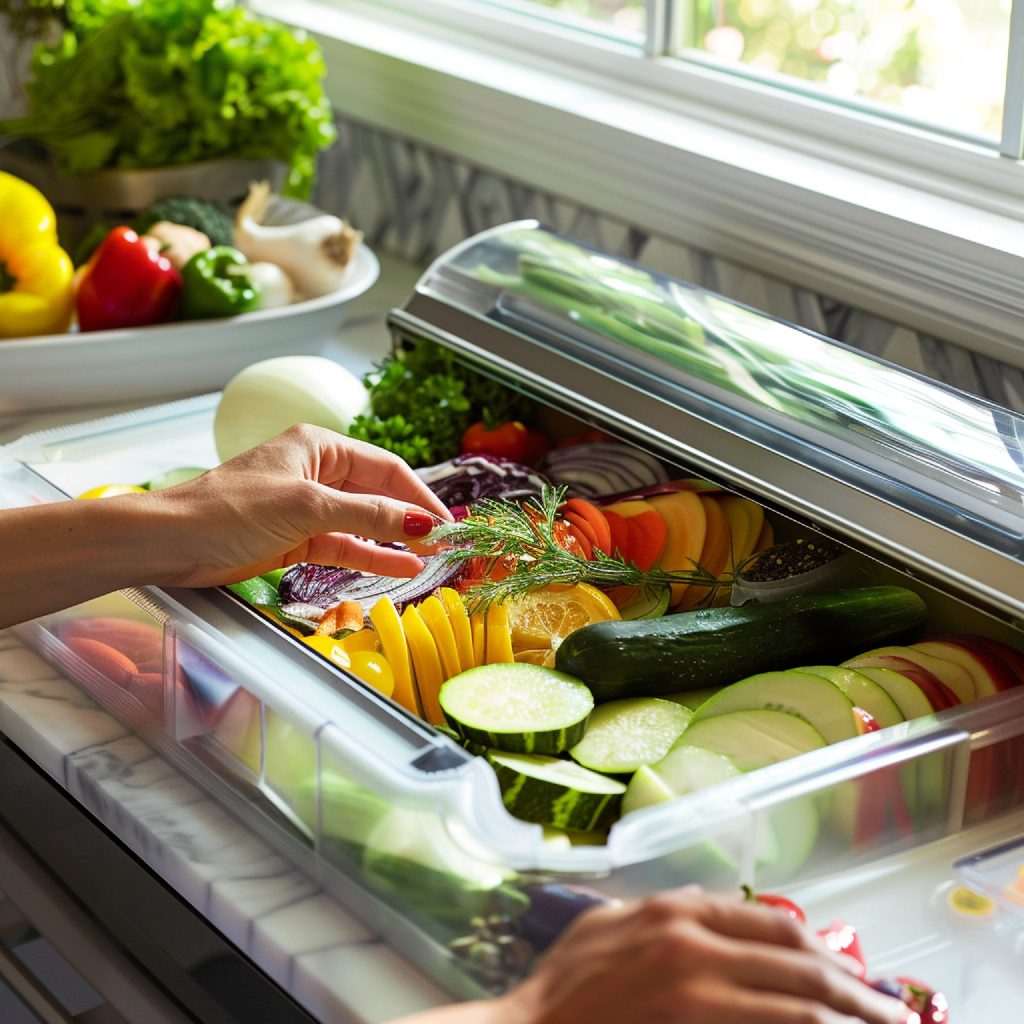
You know that feeling when you open the fridge and nothing makes sense? A mystery container from last week, something slimy on the bottom shelf, raw meat balancing on top of the strawberries? That’s not just chaos — it’s a health risk. And believe me, whether you’ve got one of those sleek industrial refrigerators or just a stubborn old model in your kitchen, the rules don’t change.
Let’s not get lost in theory. Here’s what actually works.
Cold Isn’t Cold Enough Unless It’s the Right Cold
The fridge temp needs to sit between 1°C and 4°C. That’s the range where most perishables stay safe. Not slightly cool, not vaguely chilly — cold. Anything warmer and you’re letting bacteria have a party.
The freezer? Lock it in at –18°C. That’s your safety net. Anything softer than that, and you’re just freezing trouble slowly.
Want to avoid guessing? Stick a thermometer in there. Doesn’t matter how fancy your fridge is. Numbers don’t lie.
Stack Smarter, Not Harder
It’s not about what fits where — it’s about what should go where. There’s a reason professional kitchens have rules. It’s called the food storage hierarchy, and it’s what keeps clean from dirty, cooked from raw.
Here’s how to organize your fridge like you actually care what goes in your mouth:
- Top shelf – Stuff that’s ready to eat. No more heat needed.
- Second – Leftovers and cooked food.
- Middle – Whole cuts of meat and fish.
- Lower – Ground meats.
- Bottom shelf – Raw poultry. Always. No exceptions.
Where in the refrigerator should you store raw meat? Down low, sealed tight. If it leaks, it stays away from everything else.
Some Places Just Aren’t Meant for Food
This one feels obvious until you see someone storing apples under the sink. Just don’t.
Here’s where food shouldn’t be:
- Directly on the floor
- Near cleaning supplies
- Under plumbing
- Anywhere damp or warm
How far off the floor should food be stored? At least 6 inches. Not to be cute, but to keep bugs and dirt out of your dinner.
Hot Stays Hot, Or It Gets Trashed
Hot food should be held at what temperature? Above 60°C. That’s the line between edible and dangerous. Below that? Bacteria grow fast — faster than you think.
What temperature should hot food be served at? Still 60°C. Reheat it if you’re unsure. Lukewarm won’t cut it.
Cool It Fast or Don’t Bother Saving It
How to chill meat effectively after cooking? Don’t throw a steaming pot in the fridge. Split it up, use shallow containers, and let it cool a bit before it goes in.
Then, how should ready-to-eat food be stored after it has cooled? Covered, labeled, up top, and far from anything raw or unwashed. You already cooked it. Don’t ruin it with lazy storage.
Keep Food Fresh Without Thinking Too Hard
There are a few things that just work. Stick to them, and you’ll waste less, eat safer, and stop questioning your leftovers at midnight.
- Use a refrigerator food list so you know what’s hiding in there.
- When handling ready-to-eat foods, wash up. Every time.
- Label containers. If it’s older than four days, say goodbye.
That’s it. No overcomplication. Just habits that stick — whether you’re cooking for one or feeding the whole shift.